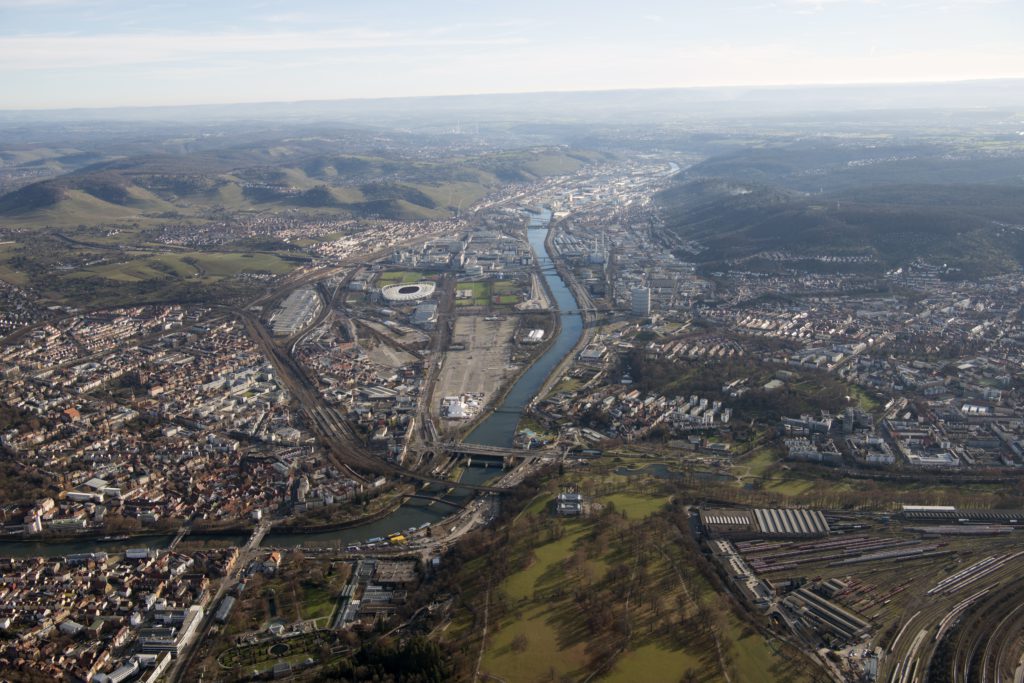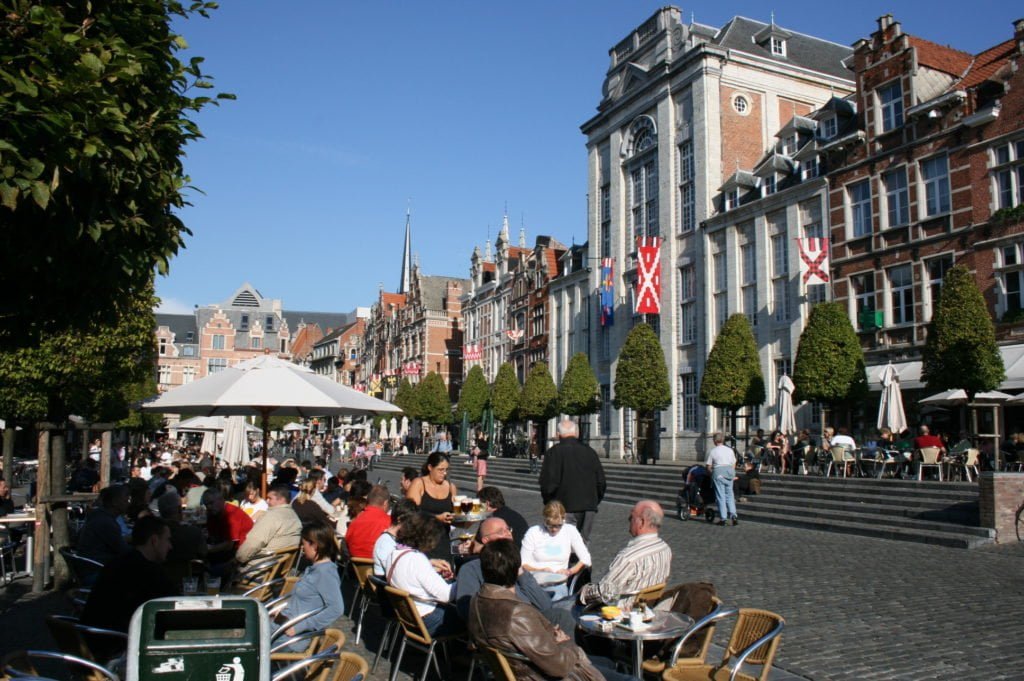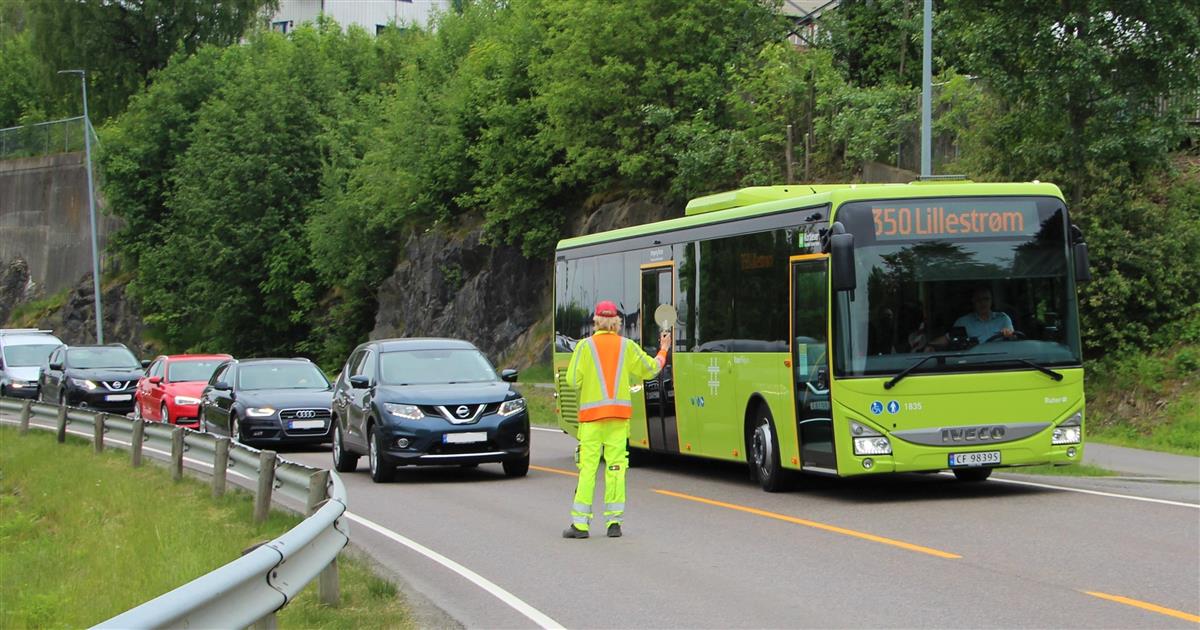Cities in motion - Volume III: 'A city for whom?'
The third volume of Cities in motion, titled 'A City for Whom?', boldly navigates the multifaceted landscape of urban mobility, challenging us to redefine the very essence of our cities.

Scan the QR code!
At its core, a city is a reflection of its people — a dynamic interplay of spaces that nurtures life, work, and communal flourishing. Yet, too often, our urban mobility architecture neglects the fundamental needs and aspirations of communities. As we launch into this edition, we ask a profound question: 'A city for whom?'
The challenges we face: A call to action
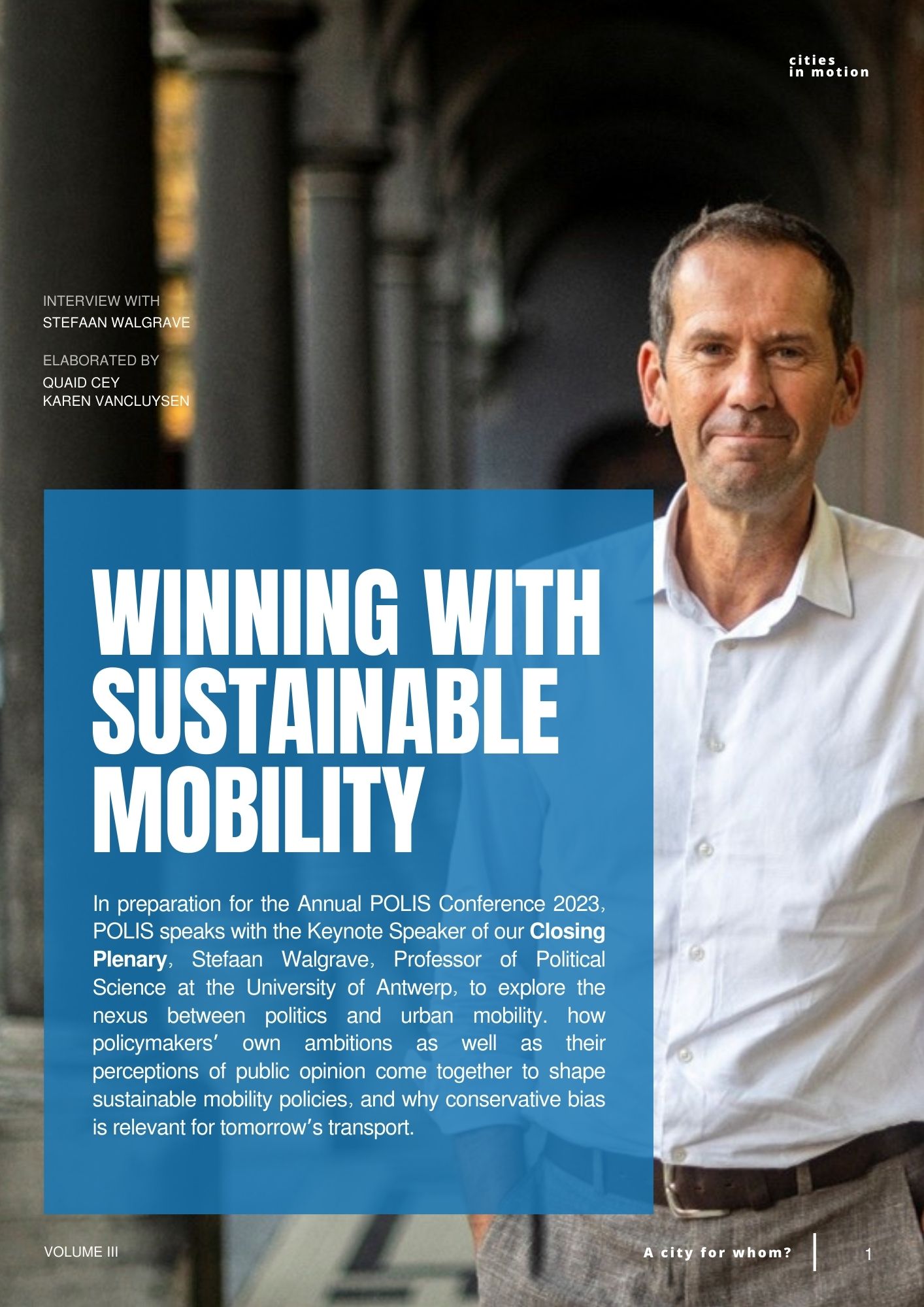 In addressing this critical question, we embark on a journey that unravels the historical oversights embedded in our urban fabric. From vast highways slicing through communities to minority groups underserved or omitted from public transport services, this issue confronts the stark realities. The toll of air pollution, claiming over 200,000 lives annually in Europe, prompts the query: are our cities truly for everyone? When almost 20,000 people lose their lives on European roads each year and a disproportionate share of urban space is dedicated to cars, leaving low-income households without car ownership, the question echoes louder.
In addressing this critical question, we embark on a journey that unravels the historical oversights embedded in our urban fabric. From vast highways slicing through communities to minority groups underserved or omitted from public transport services, this issue confronts the stark realities. The toll of air pollution, claiming over 200,000 lives annually in Europe, prompts the query: are our cities truly for everyone? When almost 20,000 people lose their lives on European roads each year and a disproportionate share of urban space is dedicated to cars, leaving low-income households without car ownership, the question echoes louder.
The success of our aspirations for decarbonisation and decongestion hinges on addressing this fundamental question. While electrification, automation, and digitalisation may seem like technological panaceas, the hard truth is that sustainable mobility requires inclusivity. Without shaping a city around its people, we risk falling short of our targets. Technology alone cannot bridge the gap.
This edition brings hope to the forefront. Across our cities and regions, transformative changes are underway, showcasing that bold and decisive action can lead to a more inclusive urban future. Engaging with local concerns, championing evidence-based decision-making, and thinking creatively are central to this transformative process.
Hope on the horizon: A glimpse of transformation
 This latest issue (Volume III) illustrates how transformation is not just conceivable but is already in progress. We delve into cutting-edge projects reframing mobility as a 'right,' pioneering a public transport revolution. The relentless march of data, digitalisation, and AI rapidly revolutionising transport services takes centre stage. We track the latest changes in Mobility as a Service (MaaS), micromobility, and the European Mobility Data Space. Exploring how public policy can harmonise these advancements with inclusion and accessibility agendas is a key focus.
This latest issue (Volume III) illustrates how transformation is not just conceivable but is already in progress. We delve into cutting-edge projects reframing mobility as a 'right,' pioneering a public transport revolution. The relentless march of data, digitalisation, and AI rapidly revolutionising transport services takes centre stage. We track the latest changes in Mobility as a Service (MaaS), micromobility, and the European Mobility Data Space. Exploring how public policy can harmonise these advancements with inclusion and accessibility agendas is a key focus.
This edition scrutinizes the future of active travel, building upon the European Cycling Declaration. How can we capitalise on progress, translating principles and commitments into tangible action? Interviews with leading academics, including Stefaan Walgrave from the University of Antwerp, Romit Chowdhury from Erasmus University College, and Dr Sara Candiracci from Arup, provide evidence-based assessments, debunking the myth that sustainable mobility doesn't win elections.
Much like the second volume, this edition brings you to the frontline of Europe's transport transformation. Europe's local decision-makers share lessons on reconciling discord and moving in the same direction. POLIS’ outgoing President, David Dessers, Leuven’s Deputy Mayor, and incoming President Lot van Hooijdonk from Utrecht unite to examine shared aspirations, ideas, and practical strategies for fostering more sustainable transport within their cities. Antwerp’s Deputy Mayor Koen Kennis outlines how far the city’s mobility landscape has come and what lies on the horizon.
Hooijdonk from Utrecht unite to examine shared aspirations, ideas, and practical strategies for fostering more sustainable transport within their cities. Antwerp’s Deputy Mayor Koen Kennis outlines how far the city’s mobility landscape has come and what lies on the horizon.
Bridging two pillars: Just Transition and leadership for change
Volume III bridges two essential pillars of POLIS work: the Just Transition and leadership for change. Witness how these vital ingredients unite to support economic growth, climate objectives, social cohesion, and political unity. As we ponder the question 'A city for whom?', the resounding answer becomes 'A city for all'!
Read Cities in motion Volume III: 'A city for whom?', HERE.

Winning with Sustainable Mobility

Antwerp’s Advance
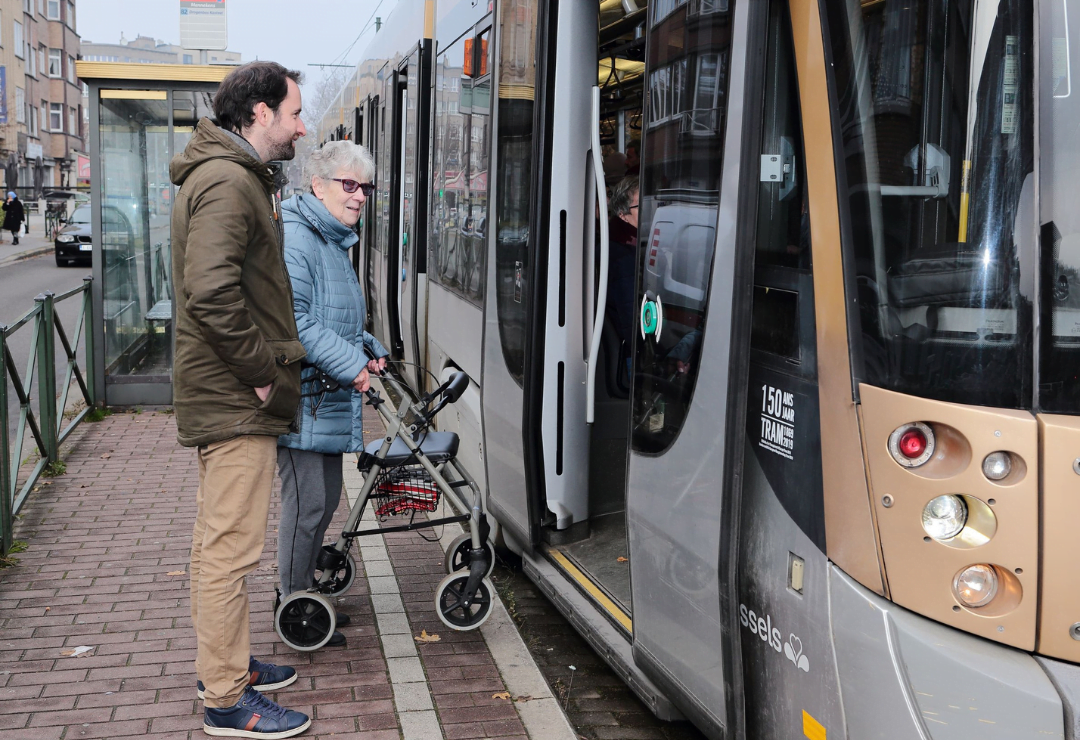
Unlocking Inclusivity

Focus on TEN-T
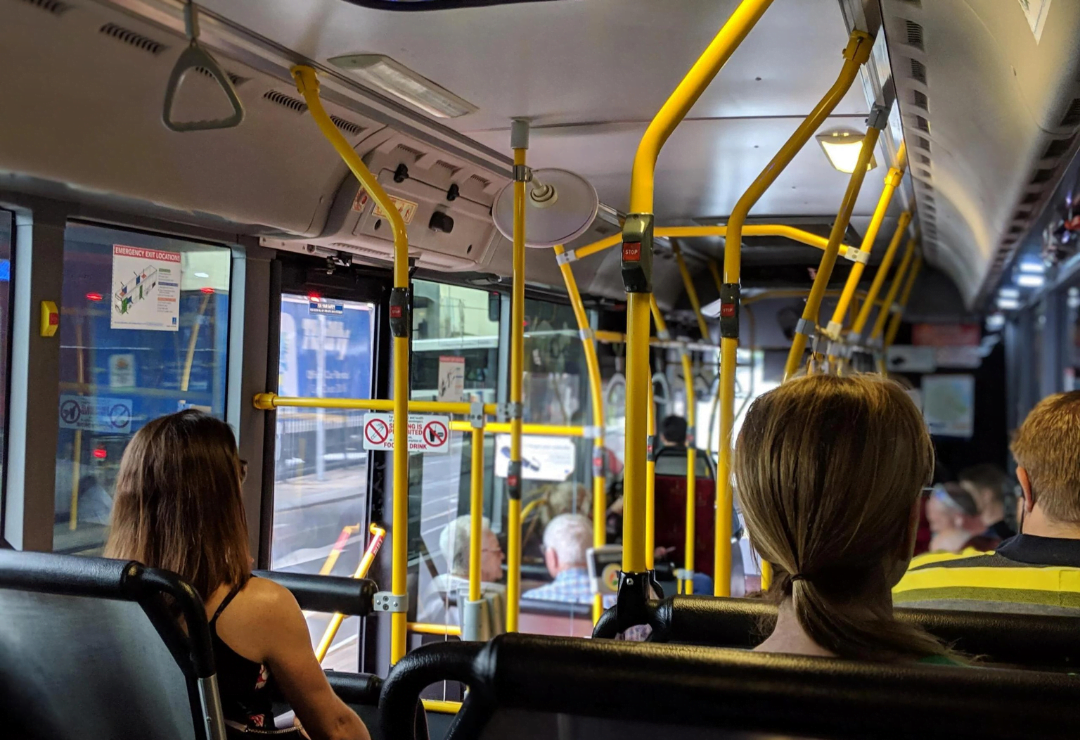
UPPER in Action: Unleashing the Power of Public Transport

City of Men, City of Women
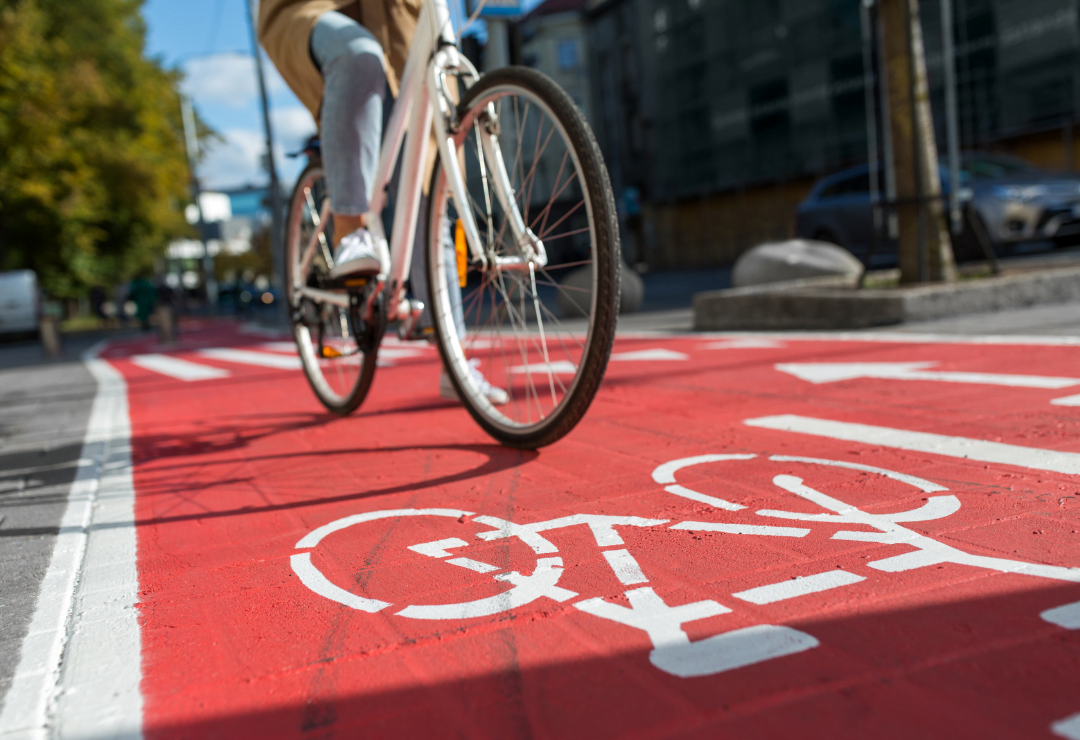
Cycling Forward

Every Step Counts

Bike-Sharing Is Caring

School Run of Fun

Fighting for Clean Air

Cities in Dialogue

Rotterdam Roadmap

Beyond Automation

The Power of the Curb
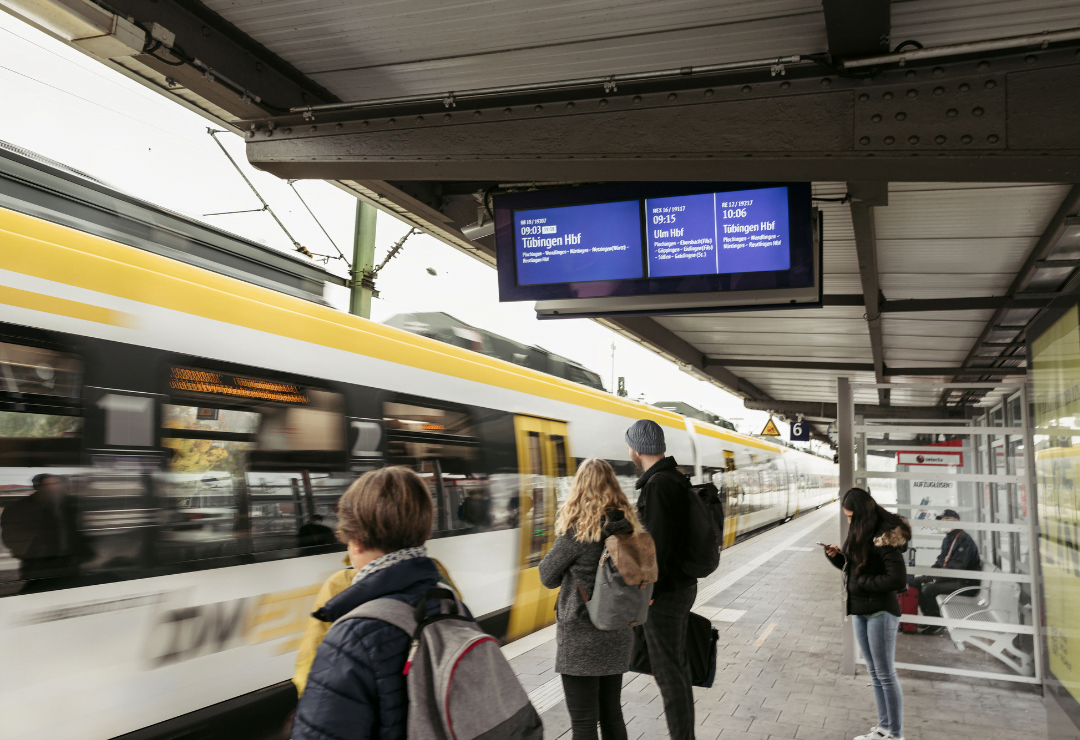
All Hands on Deck

Equal Access to EV-Charging Stations

A Vision that Spans an Ocean: Digitalised Mobility in the US and Europe

Catch My Bike If You Can

Safety First

MaaSsive Promises

A Space for Data

Viken Beats the Rush






